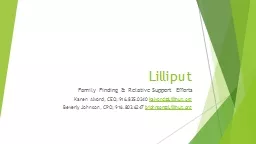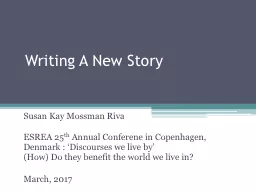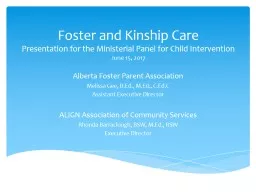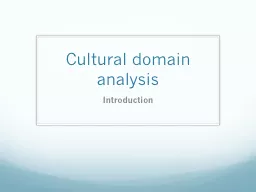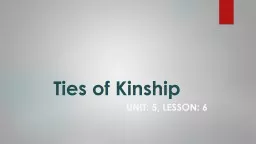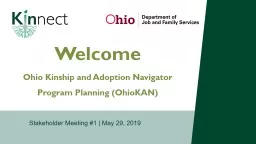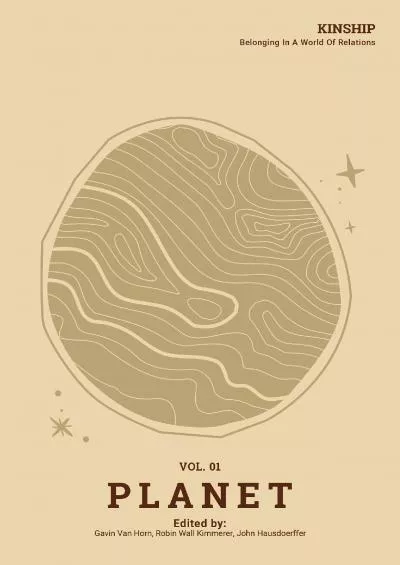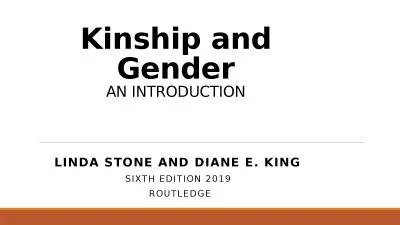PPT-Chapter 9: Kinship Kinship Theory
Author : briana-ranney | Published Date : 2018-09-24
Conflict within Families Kin Recognition Beldings Ground Squirrels Females give more alarm calls Males leave natal area to find mates females do not Daly and Wilson
Presentation Embed Code
Download Presentation
Download Presentation The PPT/PDF document "Chapter 9: Kinship Kinship Theory" is the property of its rightful owner. Permission is granted to download and print the materials on this website for personal, non-commercial use only, and to display it on your personal computer provided you do not modify the materials and that you retain all copyright notices contained in the materials. By downloading content from our website, you accept the terms of this agreement.
Chapter 9: Kinship Kinship Theory: Transcript
Download Rules Of Document
"Chapter 9: Kinship Kinship Theory"The content belongs to its owner. You may download and print it for personal use, without modification, and keep all copyright notices. By downloading, you agree to these terms.
Related Documents


